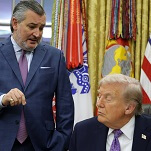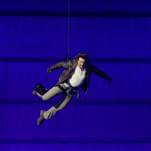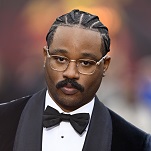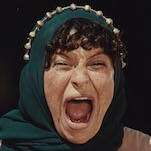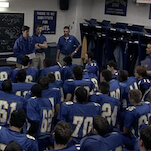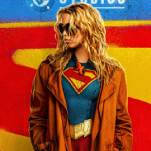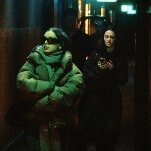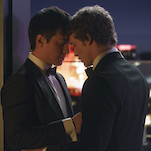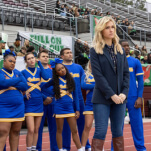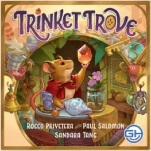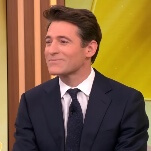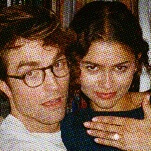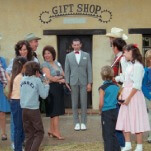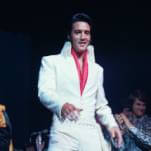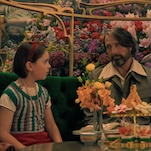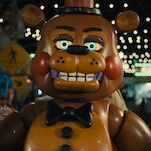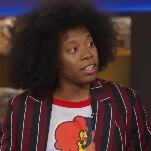Hulu’s A Thousand Blows packs a promising punch
The latest series from Peaky Blinders creator Steven Knight centers on bare-knuckle boxers in Victorian London.
Photo: Robert Viglasky/Disney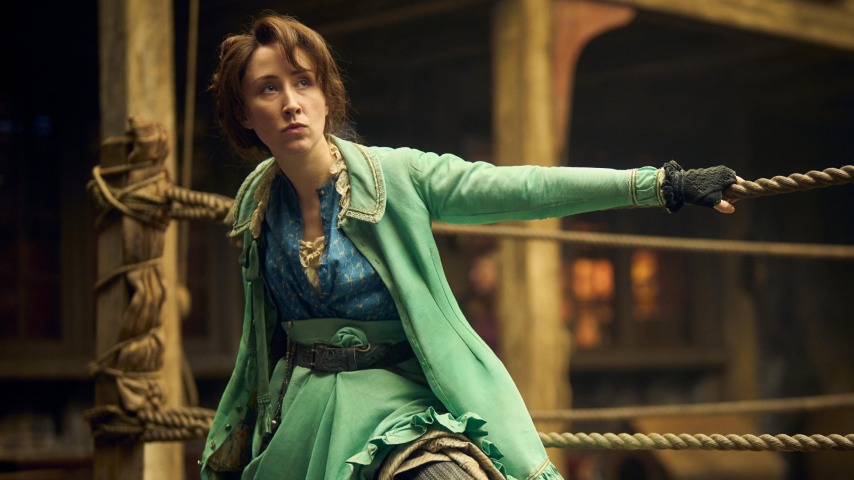
For more than twenty years, writer-director Steven Knight has immersively guided viewers through various corners of his native England, in films like Dirty Pretty Things, Eastern Promises, and Locke and series such as Great Expectations, This Town, and, most famously, Peaky Blinders. In both style and scope, the latter show—a 1920s-set, Cillian Murphy-led gangster epic centered on the Birmingham-based Shelby crime family, who will be revisited in the upcoming Netflix film The Immortal Man—has the most in common with Knight’s latest, A Thousand Blows, a Victorian-era bare-knuckle boxing drama.
Instead of Peaky’s famous flat caps and flapper frocks, we’ve got top hats and bustle gowns here—but all of the local grit we’ve come to expect from Knight’s worlds is certainly accounted for. Only this time, rather than working-class Brummie exploits, we’re set in the dusty destitution of London’s East End in the 1880s among the determined denizens trying to make a life. (By the way, those Disney dollars can definitely be felt in the Hulu show’s elaborate set pieces, period costumes, and overall heightened production value. One boxer may balk at having to brawl beneath an ornate chandelier, but it makes for a striking scene.)
All of the ambition, ego, and trauma of Murphy’s antihero Tommy Shelby has seemingly been dispersed among three separate main characters in Blows. There’s young Jamaican immigrant Hezekiah Moscow (BAFTA winner Malachi Kirby), who’s fresh off the boat from Morant Bay with his equally wide-eyed BFF Alec Munroe (Francis Lovehall). There’s Mary Carr (Erin Doherty, best-known for portraying a woman on the complete opposite end of British society, The Crown’s Princess Anne), who is the self-proclaimed Queen of The Forty Elephants, a gang of female thieves. The ladies spend their days staging elaborate diversions to pickpocket pedestrians and barging into glitzy department stores to burgle furs and silks. (Polly Gray would approve of their moxie.) And then there’s Sugar Goodson, a legendary East End boxer with little competition and major rage issues, played with brute force by Peaky Blinders alum Stephen Graham, who is also an executive producer of the series.
Across six nearly hourlong episodes, those three characters (who, like Shelby and his gritty gang, were inspired by real-life figures) strike and spar both in and out of the ring. The men engage in a brutal boxing rivalry that leaves both as bruised emotionally as they are physically. The myriad bouts of pugilism are equally violent and vibrant, powered by the convincing, pumped-up physicality of Graham and Kirby. Doherty’s Mary, meanwhile, shrewdly stokes the attentions of the two gents to further her criminal enterprise. And things get unsurprisingly messy as their respective animosity spills out onto the seedy cobblestoned streets, roping in fellow underworld dwellers like gang member Eliza Moody (Hannah Walters, Graham’s real-life spouse), Chinese innkeeper Mr. Lao (Jason Tobin)—who bonds with Hezekiah over their racially-fueled outsider status—and Sugar’s brother Treacle (James Nelson-Joyce), with whom he owns the Blue Coat Boy Tavern.

